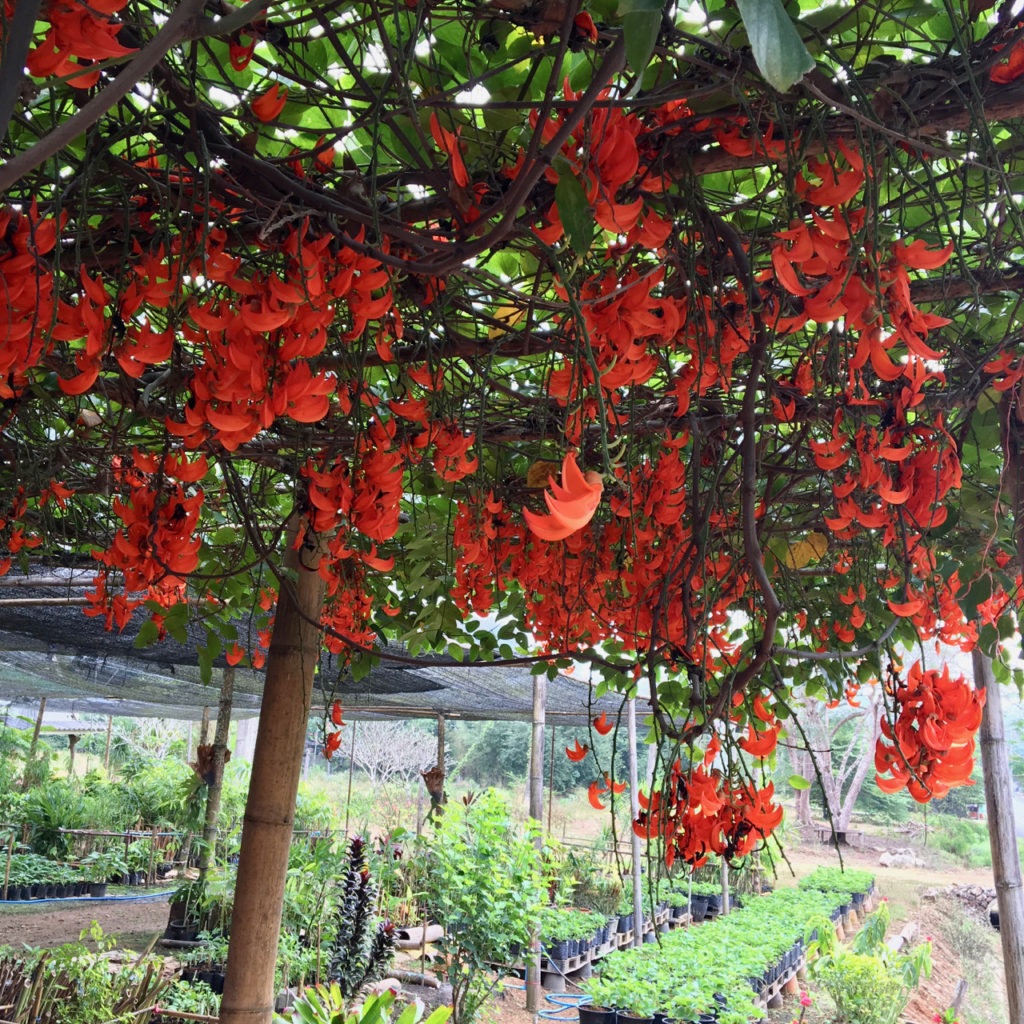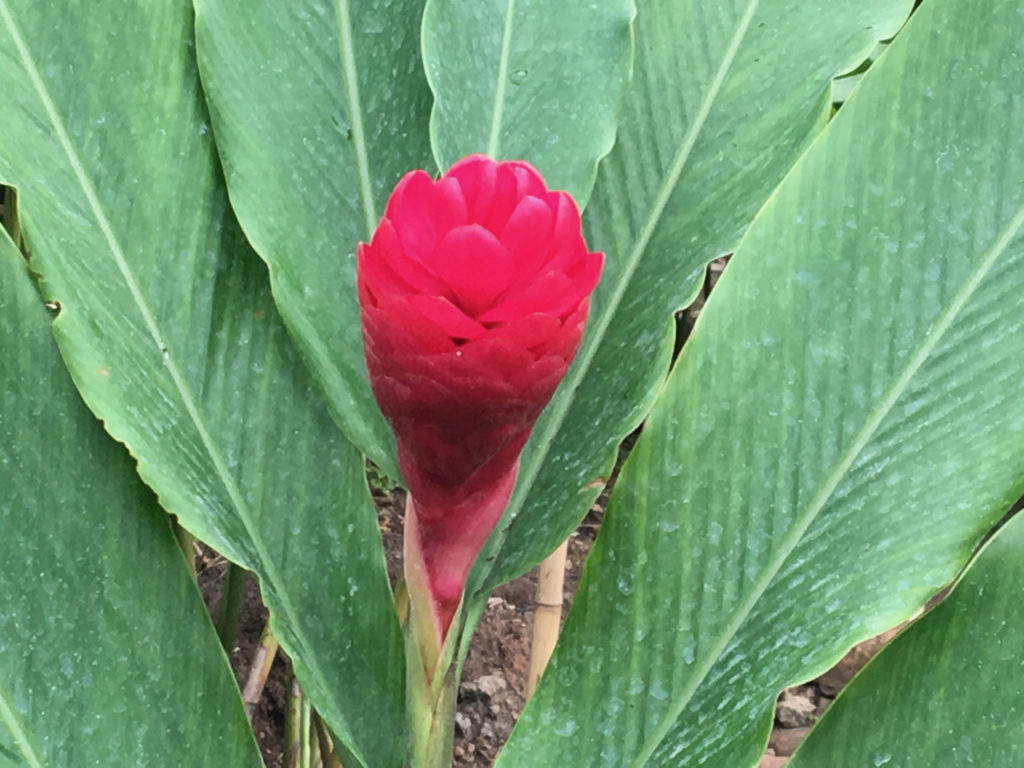Kanu II, Konyu II Camp, Kannyu South, 149.50 km - Thailand
Kanu II, Konyu II Camp, Kannyu, 149.50km – Thailand
25 May 1943 to 16 July 1943
This camp was located 149.50 kilometres north of Non Pladuk on top of a plateau above Kanu I River Camp.
Like the Hintok Camps, Konyu Camps are labelled with various names. There were several camps in this Hellfire Pass region.
Kanu IIIa (Advance Camp) had a name change to Tampie North and Kanu IIIr (Rear Camp) became Tampie South. Konyu III was known as Malay Hamlet.
‘D’ Force S Battalion moved to Kanyu II arriving from Tarsau on Anzac Day, 25 April 1943.
S Battalion included the largest number of men from 2/4th as did ‘A’ Force Burma – Green Force No. 3. There were 140 2/4th men in S Battalion (according to Mick Wedge, Borehole Bulletin Dec 2008).
The camp was under canvas apart from atap structures which included the hospital, Japanese Headquarters and the guard’s and store huts. On 28th April 200 men from S Battalion were sent to assist ‘D’ Force O and P Battalions at the Hintok River Camp.
The Hellfire Pass cutting would dictate the POW’s lives and Kanu II over the next few months. Hellfire Pass was a massive rock face that stood in the way of the railway line. The only way around the dilemma was to cut a passage through. This was achieved by a method the men termed ‘hammer and tap’ . This entailed the labour intensive process of drilling out holes in the rock, inserting explosives and blasting. Whilst another section of rock was being prepared for blasting, other prisoners would follow up and clear away the rock and debris in baskets.
Few men had shoes, and most were reduced to wearing only ‘Jap Happies’. They worked in intense heat with severe white rock glare during speedo, with guards standing over them and bashing them at whim.
The men had to trek to work and back in the darkness at night. Food was minimal and there was no medicines for their illnesses.
Their daily lives were hell. With the wet season approaching cholera was anticipated as a matter of course and several tents were pitched away from the main camp, about 350 yards into the jungle. These tents became the cholera isolation area for Kanu III and III Camps. The moment a POW was suspected of having contracted cholera he was segregated for a period of up to 6 weeks until the doctor gave the all clear.
Jim Gilmour contracted cholera on 28 June 1943 and Capt. Phil Millard banished him to the cholera isolation tented area at Kanu II. When Jim arrived he was unable to find a bed for the night as the tents were full. He decided upon a narrow corridor in a tent where he slept soundly for the night. In the morning he awoke having survived a disease that can dehydrate and wither a man’s body, suffocating all life from it in less that 8 hours. To his great surprise Jim discovered he had in fact slept in the morgue tent and he had slept amongst the corpses. He considered it a miracle!
On 4 July 1943 the sick from Kanu II were evacuated down to Kanu 1 River Camp and from there barged down the River Kwae Noi to Tarsau or one of the other base hospitals. Whilst at Kanu II Lt. Mick Wedge of S Battalion made three return trips escorting sick down river to Kanchanaburi.
Captain Phil Millard was their Camp doctor. To the POWs he was of the greatest importance and they relied on him. He worked tirelessly for the sick and probably stepped into the shoes of Camp senior officer
Please read about Phil Millard
Also Peter Winstanley has a significant amount of information about Millard. Please read.
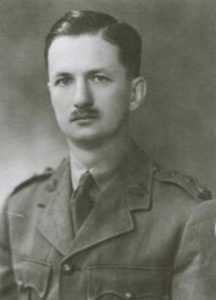
You may like to listen AWM’s recorded interview with Dr Millard
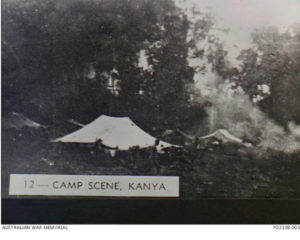
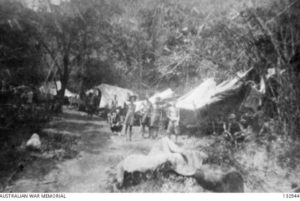
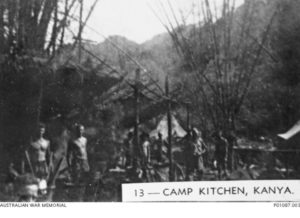 D
D
The following 22 men were at Konyu II or a nearby camp, when evacuated to a hospital camp and died of illness.
WX8621 MCDONALD, Keith Kitchener
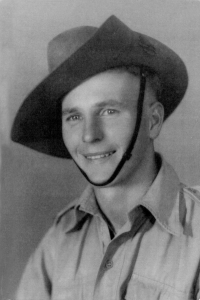
Known as ‘KK’ was working on ‘hammer and tap’ with ‘Cowboy’ Matthews. Cowboy on tap, unexpectedly received a nasty blow from KK who was on hammer. He had completely missed his target. Cowboy looked up just as a watchful Jap guard moved closer to investigate.
KK lay unmoving. Unconscious and obviously very ill, the guard immediately ordered him carried back to camp. It was suspected KK had contracted cholera. KK never recovered, was sent to Tarsau where he later died aged 25 years. The men were devastated! KK was much loved by all and a popular young soldier.
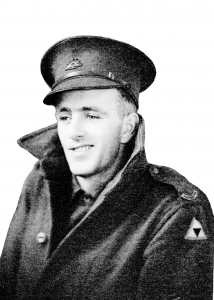
WX9361 BARTLETT Michael
Arthur died of beri beri and dysentery at Tarsau Hospital Camp on 7 December 1943. Michael was 28 years old.
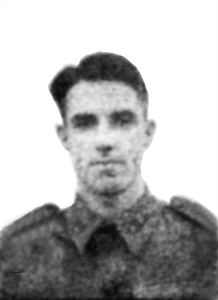 WX15690 CARR John Murray
WX15690 CARR John Murray
Was evacuated from Konyu II and died at Tarsau of cerebral malaria and beriberi aged 28 years on 23 July 1943.

WX8681 DAVEY, Roy William
evacuated from Kanu II died Tarsau 1 July 1943 of dysentery and avitaminosis . He was 28 years old.
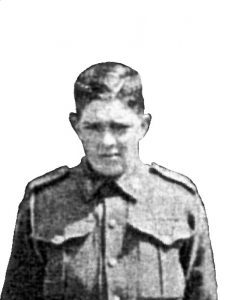 WX8870 GITTOS Thomas Edwin
WX8870 GITTOS Thomas Edwin
died post leg amputation and dysentery at Tamarkan 26 September 1943. He was 23 years of age.
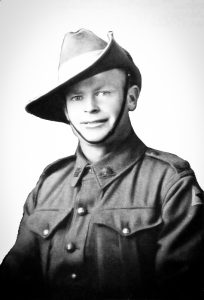
WX9112 JONES, Benjamin ‘Ben’ Charles Acting Corporal b. Pingelly 1913 with ‘C’ Coy 12 Platoon under CO Lt. Mick Wedge.
Evacuated to Chungkai from Kanu II died November 1943 Avitaminosis, aged 30 years.
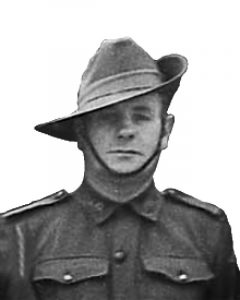 WX9433 JONES, Norman
WX9433 JONES, Norman
Known as ‘Taffy’ died of avitaminosis and beri beri at Chungkai Hospital Camp, Thailand aged 37 years on 11 November 1943.
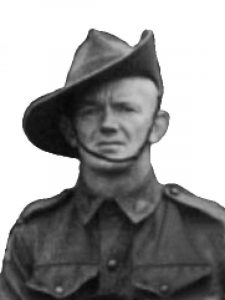 WX8007 KING, Edric Herbert
WX8007 KING, Edric Herbert
King died at Tamarkan Hospital Camp on 12 November 1943 aged 32 years of pulmonary tuberculosis.

WX16391 KLUTH, Gerry Brown aka Gerry Brown Cluth and/or Kluth died of cholera at Kanu II on 5 July 1943 aged 23 years.
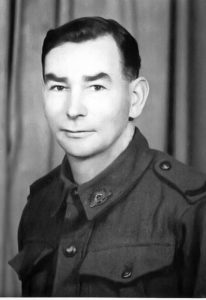 WX8767 LAKEMAN, Percy Henry
WX8767 LAKEMAN, Percy Henry
Lakeman from Bunbury, died 20 June 1943 of malaria at Kanu I River Camp aged 44 years.
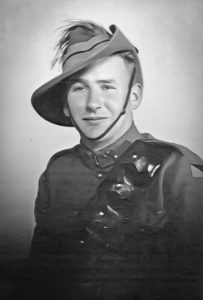
WX17759 LIVINGSTONE John Scott
Formerly with Militia before joining 2/4th’s ‘E’ Coy. Died of malaria and tropical ulcers at Tarsau Hospital Camp 4 Sept 1943. He was just 21 years old.
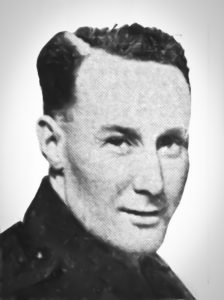 WX8619 LYNCH, Joseph
WX8619 LYNCH, Joseph
Lynch was 34 years old when he died of cholera and typhus at Kanu River Camp on 1 Aug 1943.

WX8689 MacMASTER, Hector Cecil Stanley born Scotland 1908 and late of Kalgoorlie was 37 years old when he died of beri beri at Tarsau Hospital Camp on 25 July 1943.
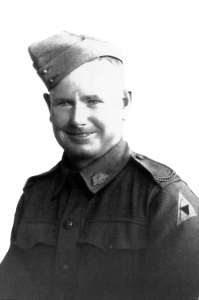
WX8820 McCUDDEN Wallace Patrick
McCudden died of cardiac beri beri and typhus at Chungkai Camp on 21 Aug 1943 at the age of 36 years.
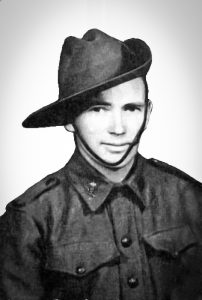 WX11580 McGLINN Don Spencer
WX11580 McGLINN Don Spencer
McGlinn died at Tarsau Hospital Camp of Dysentery and avitaminosis on 14 July 1943. He was 28 years old.
WX8012 MOIR, Kevin George died of cholera, Hintok River Camp, Thailand August 1943 aged 24 years.
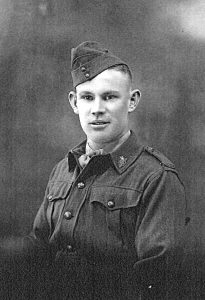
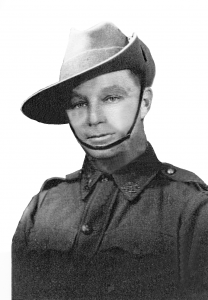
WX8118 PEARSON Sgt John ‘Jack’ Eyres Kalgoorlie born Sgt Pearson died of beri beri and enteritis aged 43 years at Chungkai.
NCO was highly respected and held temporary rank of Lieutenant as a POW. Pearson acted as Commanding Officer of 7 Platoon when Lt Dean was evacuated to hospital during the fighting in Singapore.
Pearson held the rank of Lieutenant in the militia in which he served from 1924-1929.
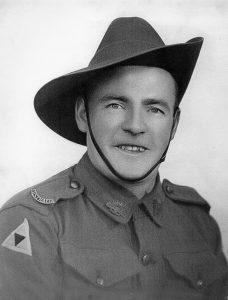
WX7320 POYSER Leslie ‘Les’ Andrew
Poyser joined ‘D’ Coy 14 Platoon under CO Lt Tompkins, died of amoebic dysentery and avitaminosis on 21 October 1943 aged 37 years.
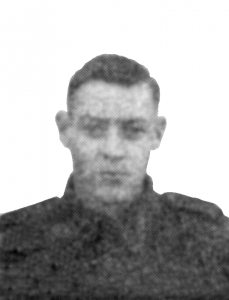 WX15941 ROBINSON James William
WX15941 ROBINSON James William
English born Robinson died aged 28 years at Chungkai Hospital Camp, Thailand of acute enteritis on 28 August 1943.
 WX8777 SANDERSON John
WX8777 SANDERSON John
Sanderson was 35 years old when he died at Tarsau of beri beri and dysentery on 18 July 1943. He had been evacuated sick to Tarsau from Kanyu I Camp.
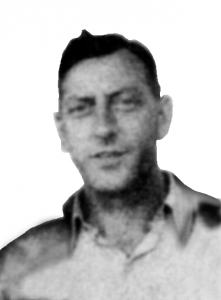
WX7211 SAUNDERS, Lance Corporal Clarence Samuel
Saunders was Technical Storeman with ‘D Coy Headquarters. He was aged 43 years when he died 31 Aug 1943 at Chungkai Hospital Camp from post leg amputation haemorrhage – he had been evacuated from Konyu II.
His wife aged 40 years had died in 1932 leaving him with their daughter Betty.
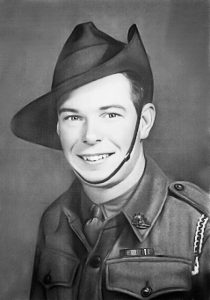 WX13553 SPOUSE Sydney Francis
WX13553 SPOUSE Sydney Francis
Syd died aged 22 years of heart failure at Tarsau Hospital Camp on 13 October 1943.
Below: The site of Konyu II Camp 2018.
Standing is Andrew Mellor, grandson of ‘Cowboy’ Matthews
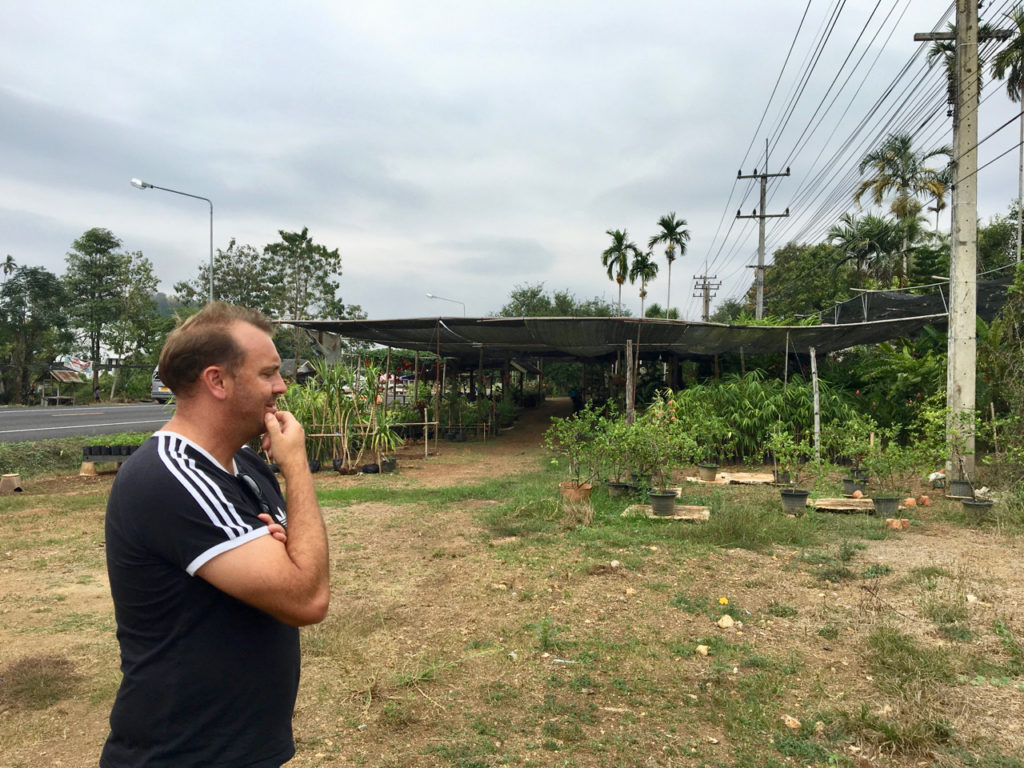
Today there is as garden nursery operating on part of the original site, with the road from Kanchanaburi northwards on west side of site. It is said the Thai people do not build houses or live on land where deaths have occurred or former cemeteries.
Perhaps the men who lost their lives here appreciate some of the beautiful and exotic plants that grow today 2018.
